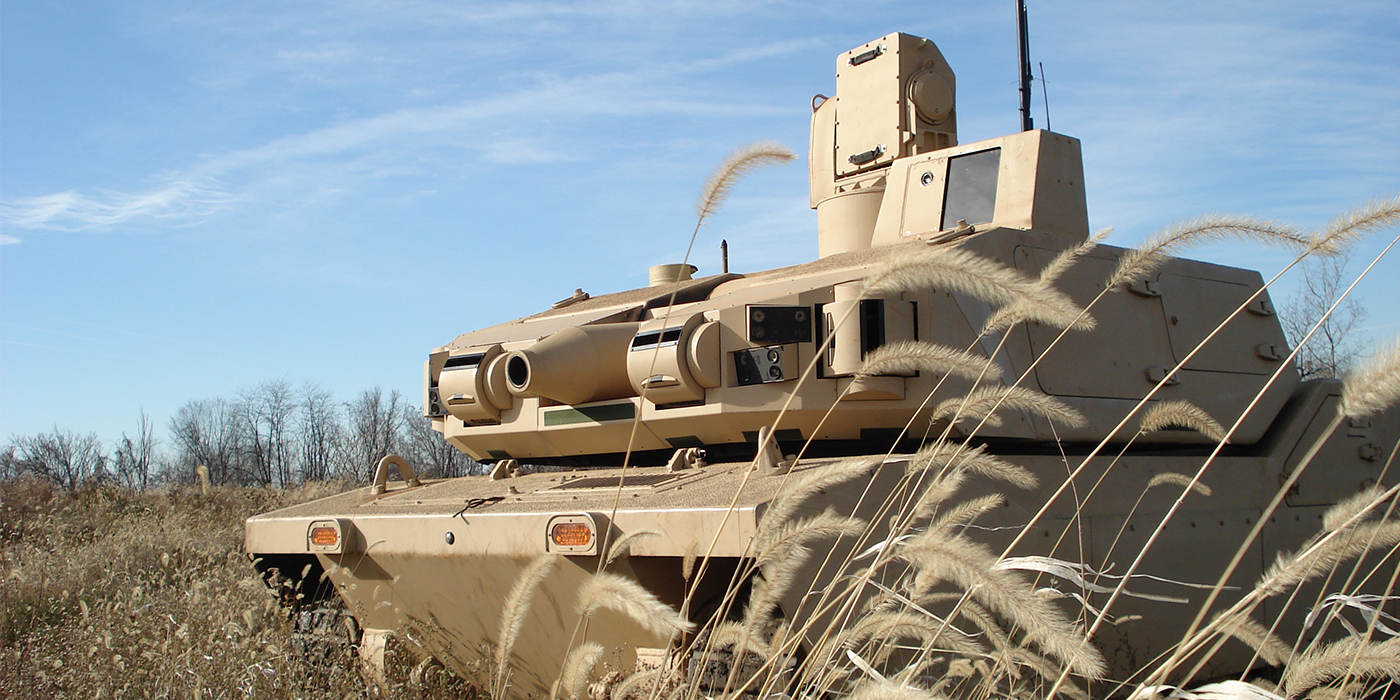Black Knight Tank: A Cutting-Edge Unmanned Combat Vehicle

The Black Knight Tank represents the pinnacle of unmanned military technology. (Photo: Pinterest)
Black Knight Tank: ARCV Revolutionizing Modern Warfare with Unmanned Advancements
According to Slash Gear article, as technology advances, the modern battlefield undergoes significant transformations. Since 1995, the U.S. military has employed unmanned aerial vehicles (UAVs) for surveillance, with the MQ-9 Reaper drone’s inaugural use occurring in Afghanistan in 2001. Today, over 11,000 drones operate globally, performing various missions, from high-altitude reconnaissance to direct assaults with munitions. Beyond drones, the military explores autonomous technologies, including personal reconnaissance drones, underwater vehicles, and robotic mules designed for equipment transport.
These innovations aim to enhance battlefield capabilities while prioritizing soldier safety. One notable development is the Black Knight Tank, initially conceived in 2005 by BAE Systems. Collaborating with Carnegie Mellon University’s National Robotics Engineering Center (NREC) in 2006, BAE tasked NREC with creating the required sensors, hardware, and computer components for autonomous operation. The Black Knight Tank debuted in 2006 during the Association of the United States Army’s annual convention in Washington, D.C., receiving positive feedback and passing field tests. However, despite its promise, the U.S. Army had invested heavily in the Future Combat Systems (FCS) program, which yielded limited success.
Despite the FCS program’s discontinuation in 2009, BAE and NREC continued refining the Black Knight Tank. In 2018, an updated version, now known as the Armed Robotic Combat Vehicle (ARCV), was presented at the AUSA Global Force Symposium, leading to further Department of Defense testing.
READ ALSO: To Compete With China, European Union And The United States Began A Massive Infrastructure Initiative
Enhanced Specs Propel Black Knight Tank into the Future
The Black Knight Tank boasts advanced technologies, including cameras, LADAR, thermal imaging, and GPS, enabling autonomous route planning and obstacle avoidance. It’s powered by a 300 hp Caterpillar diesel engine, capable of navigating various terrains. Furthermore, a teleoperator can remotely control it through the Robotic Operator Control Station (ROCS), similar to UAV control technology.
The Black Knight Tank is not solely for reconnaissance; it’s armed with a 25 mm cannon and a coaxial 7.62 mm machine gun, making it both an offensive and defensive asset. Its deployability is another advantage, as a C-130 transport aircraft can drop it into position without human intervention. While the Army’s ARCV program may not finalize a contract for a few years, the Black Knight represents a significant leap in unmanned combat vehicle technology, offering potential benefits in modern warfare.
READ ALSO: Elon Musk’s Power And Influence: The U.S. Government’s Response To His Involvement In War Interventions









